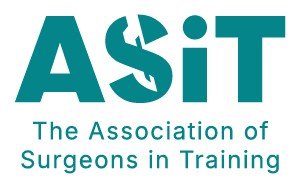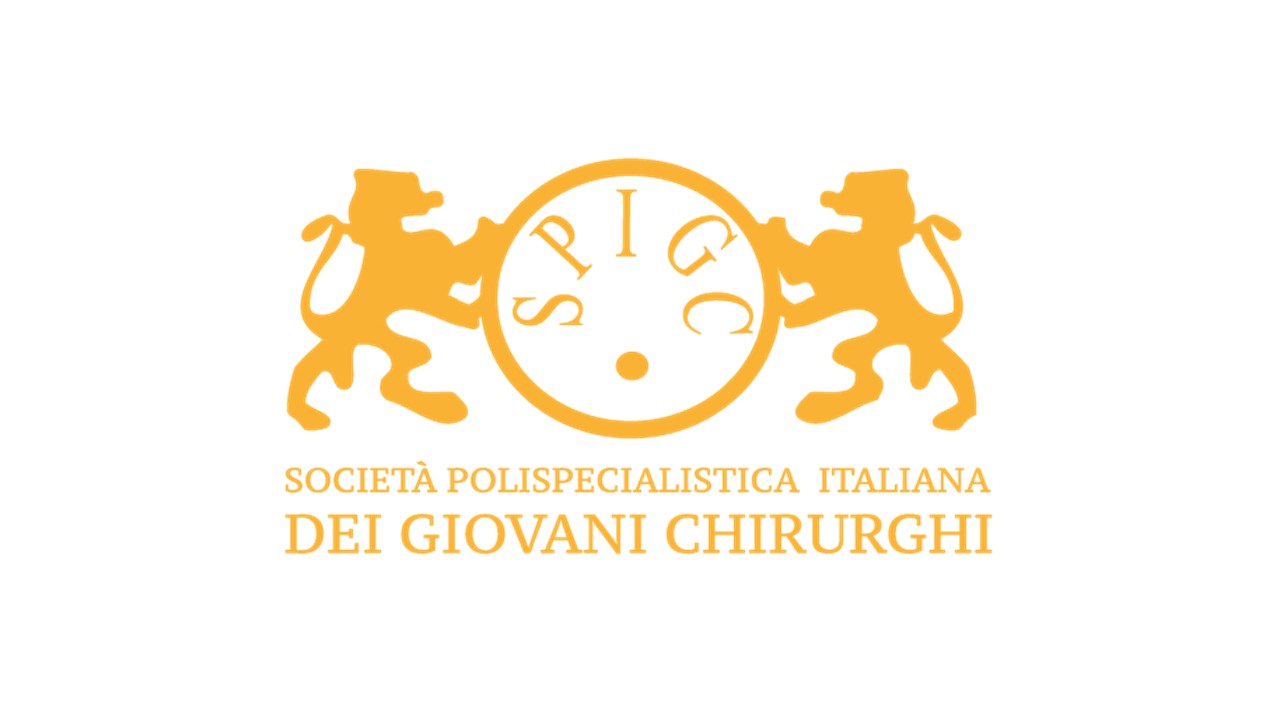BJS Academy>Surgical science>Exploring microbial ...
Exploring microbial engineering for enhanced mucosal healing in inflammatory bowel disease
Kamacay Cira, MD; Philipp-Alexander Neumann, MD
Department of Surgery, Klinikum rechts der Isar, TUM School of Medicine and Health, Technical University of Munich, Munich, Germany
Related articles
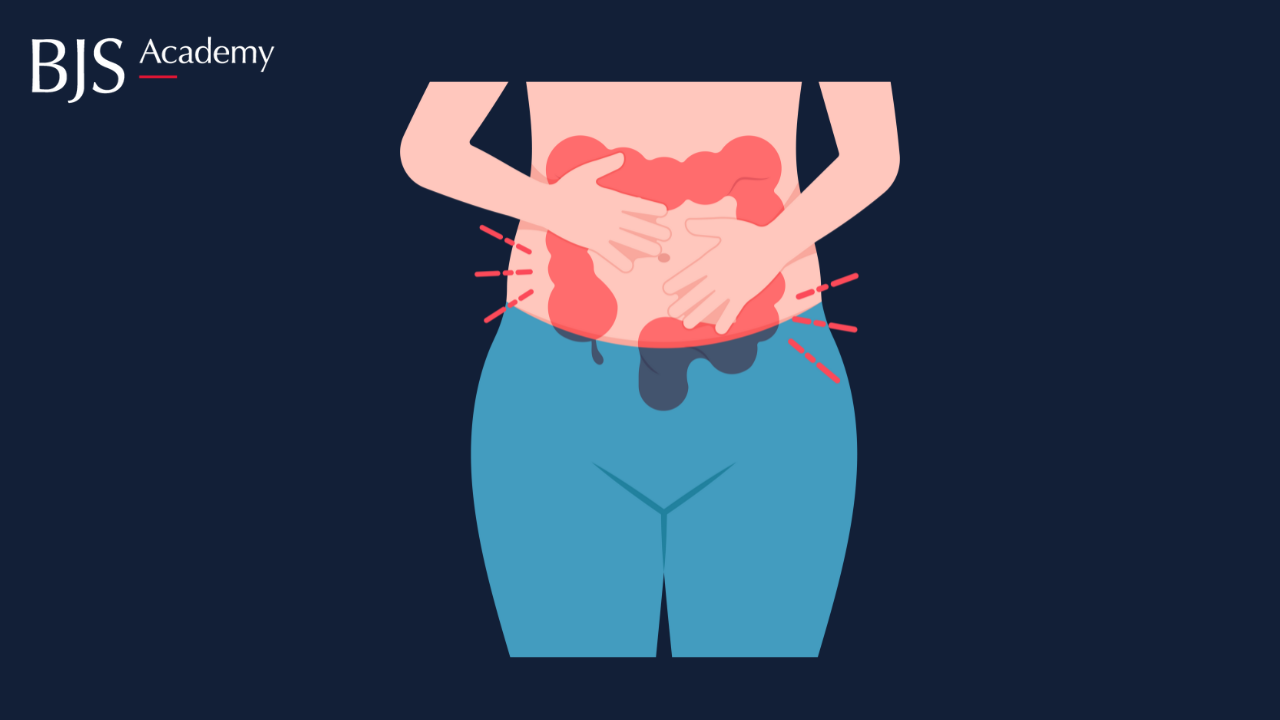
Creeping fat.
Alyson Kim BA1; Lillias H. Maguire, MD2,3
Affiliations:
1 Drexel University College of Medicine, Philadelphia, Pennsylvania
2 Department of Surgery, University of Pennsylvania, Philadelphia, Pennsylvania
3 Corporal Michael J. Crescenz VA Medical Center, Philadelphia, Pennsylvania
Creeping fat (CrF), migrating mesenteric adipose tissue (MAT), is a hallmark of Crohn’s Disease1 (CD) frequently associated with intestinal fibrosis. Surgeons operating for CD recognize CrF not only as a disease-specific phenomenon, but also as a technical challenge. Mesenteric transection is complicated in CrF as vessels retract with thickened, fibrotic fatty tissue resulting in haemorrhage and making haemostasis more difficult. Despite clinical familiarity with CrF however, its aetiology remains largely unknown. Additionally, it is unclear whether CrF represents an adaptive response in an attempt by the mesentery to seal off a “leaky” inflamed gut or is a pathological one, worsening the cycle of CD-related intestinal inflammation, scarring, stenosis, and ultimately development of surgical complications such as obstruction, perforation and fistula. This study sheds new light on CrF, explaining how this adipose tissue transitions from the traditional storage role to an active component, generating an adipogenic, fibrotic, and inflammatory environment. The authors hypothesize that CrF is a both a response to translocated gut microbiota and a driving force in fibrosis. They investigate these theories by identifying the bacterium Clostridium innocuum as a signature organism in CrF, characterizing CrF as a milieu distinguished by immune response and fibrosis, determining that C. innocuum gavage promotes this milieu and recapitulates CrF in gnotobiotic mice, and demonstrating in vitro that selective promotion of M2a macrophages may be the means by which C. innocuum drives fibrosis. The authors identify and focus on C. innocuum by first performing a metagenomic sequencing analysis on surgical samples of ileal tissue in CrF, grossly normal CD MAT, ulcerative colitis (UC) MAT, and healthy controls. The authors found that healthy MAT contains bacteria, suggesting that bacterial translocation to MAT is not in itself pathogenic. CD MAT, however, contained higher numbers of bacteria, but with lower biodiversity than healthy controls, consistent with mucosal data and previous studies2,3. 16S-RNA sequencing comparison to healthy MAT and UC-MAT identified a CD-specific expansion of the Erysipelotrichae lineage including C. innocuum. To assure the sequencing findings represented viable bacteria, the authors cultured MAT-derived bacterial isolates. Five bacteria were isolated as CD-specific and viable after cultivation.Among those, C. innocuum was most frequently isolated and selected for further study. A whole genome sequencing and comparative genomics study of C. innocuum revealed a conserved core of genes advantageous for translocation in adipose-like environments, such as protection against oxidative damage, cell motility, lipid detoxification, and evasion from immune functions and strain divergence between C. innocuum isolated from MAT and that isolated from mucosa. Factors potentially promoting viability in creeping fat also include type IV pili and mobility, lipid catabolism, and preference for b-hydroxybutyrate, a product of fatty acid oxidation.

What happens to adipose tissue after obesity surgery.
David J. Leishman1 and Sayeed Ikramuddin1
1Department of Surgery, University of Minnesota, Minneapolis, MN, USA
Based on Dynamics of adipose tissue macrophage populations after gastric bypass surgery. Read the paper Download Author profiles
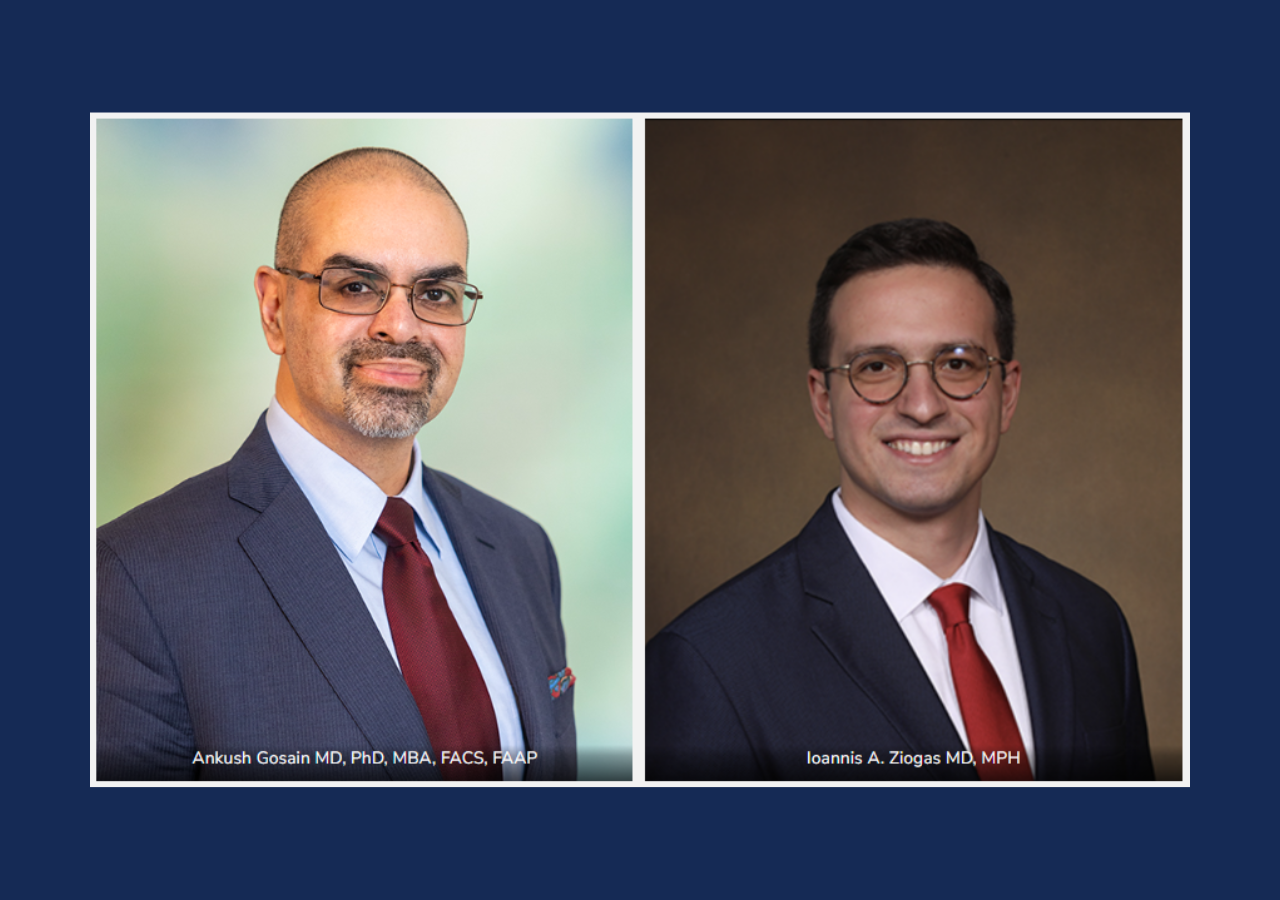
Are in vitro chip models the future of necrotizing enterocolitis research?
Ioannis A. Ziogas, MD, MPH, Ankush Gosain, MD, PhD Department of Pediatric Surgery, Children's Hospital of Colorado, Aurora, CO, 80045, USA
Article Review Lanik WE, Luke CJ, Nolan LS, et al. Microfluidic device facilitates in vitro modeling of human neonatal necrotizing enterocolitis-on-a-chip. JCI Insight. 2023;8(8):e146496. Necrotizing enterocolitis (NEC) is a severe, potentially fatal disease seen in premature neonates that results in intestinal injury and necrosis.1 The pathophysiology of NEC is based on loss of intestinal barrier integrity, translocation of bacteria across the gut barrier, and sepsis. The use of in vitro models is important to accelerate NEC research, given the shortage of surgically obtained samples from preterm neonates. The main limitation of currently available monotypic epithelial cell line in vitro models is the inaccurate simulation of the multiple cell types and complex intestinal dysbiosis implicated in NEC.2 On the other hand, the available intestinal organoid models can differentiate subtypes of intestinal epithelial cell and have apical-basolateral polarity within a three-dimensional spherical architecture. The limitation is the inability to assess the effect of microbial interactions or therapeutics on the apical epithelial surface.3 Notably, advances in microfluidic technology have led to the development of intestine-on-a-chip models that can simulate the human small intestine microenvironment through cellular differentiation, formation of three-dimensional villus-like axes, mucus production, continuous luminal flow, and mimicry of peristalsis.4
Copied!
Connect

Copyright © 2025 River Valley Technologies Limited. All rights reserved.

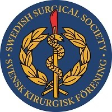




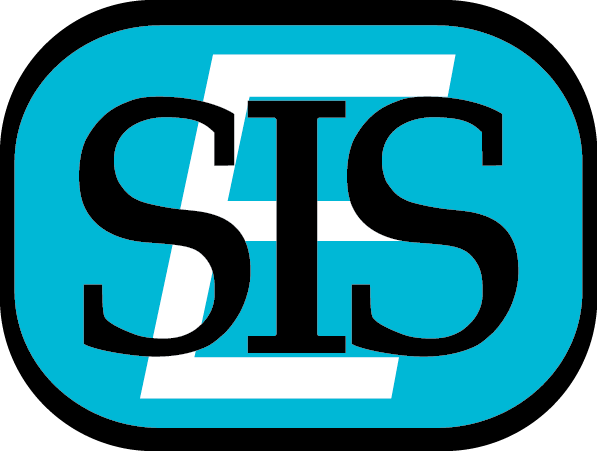

.jpg)
